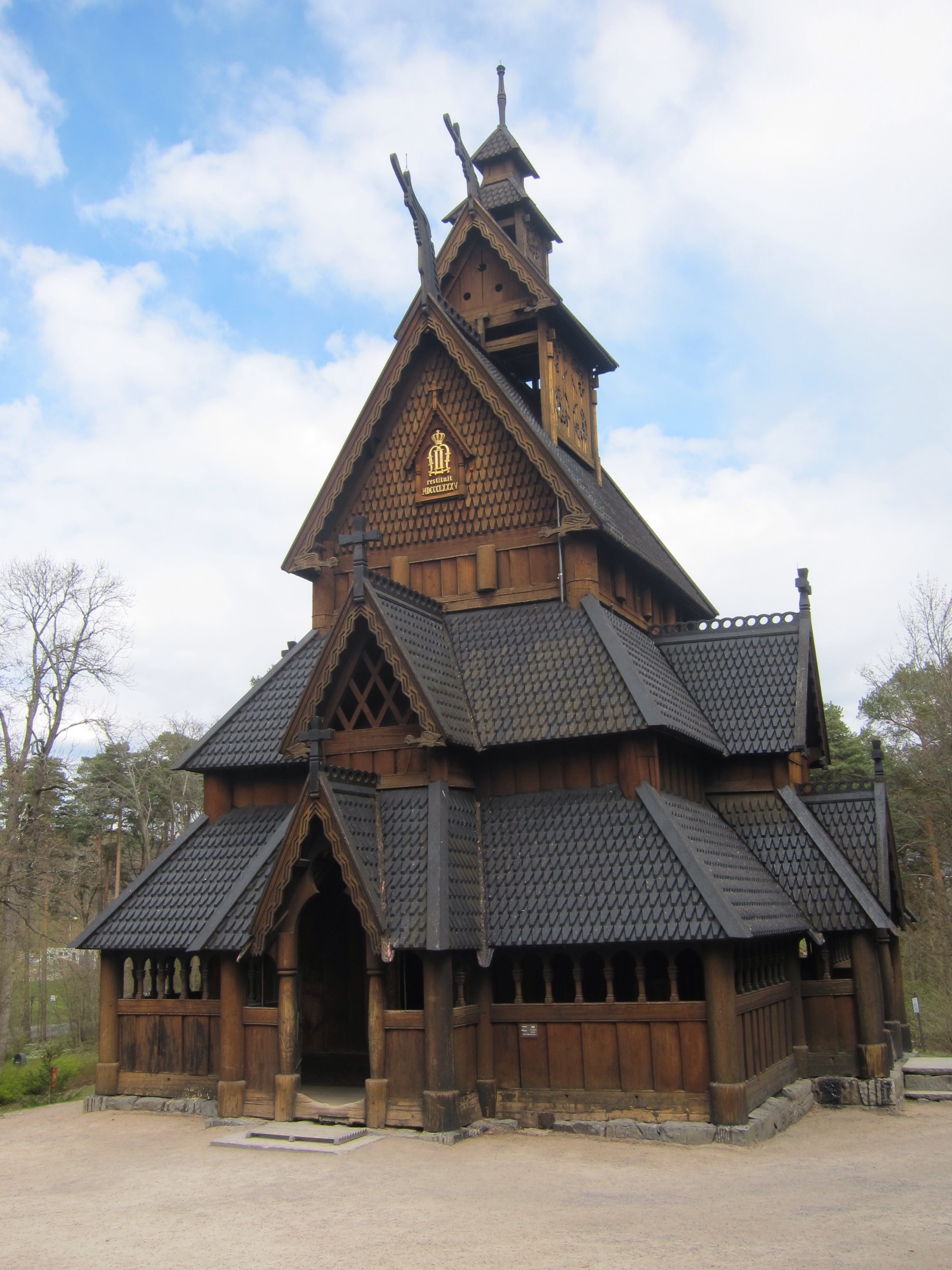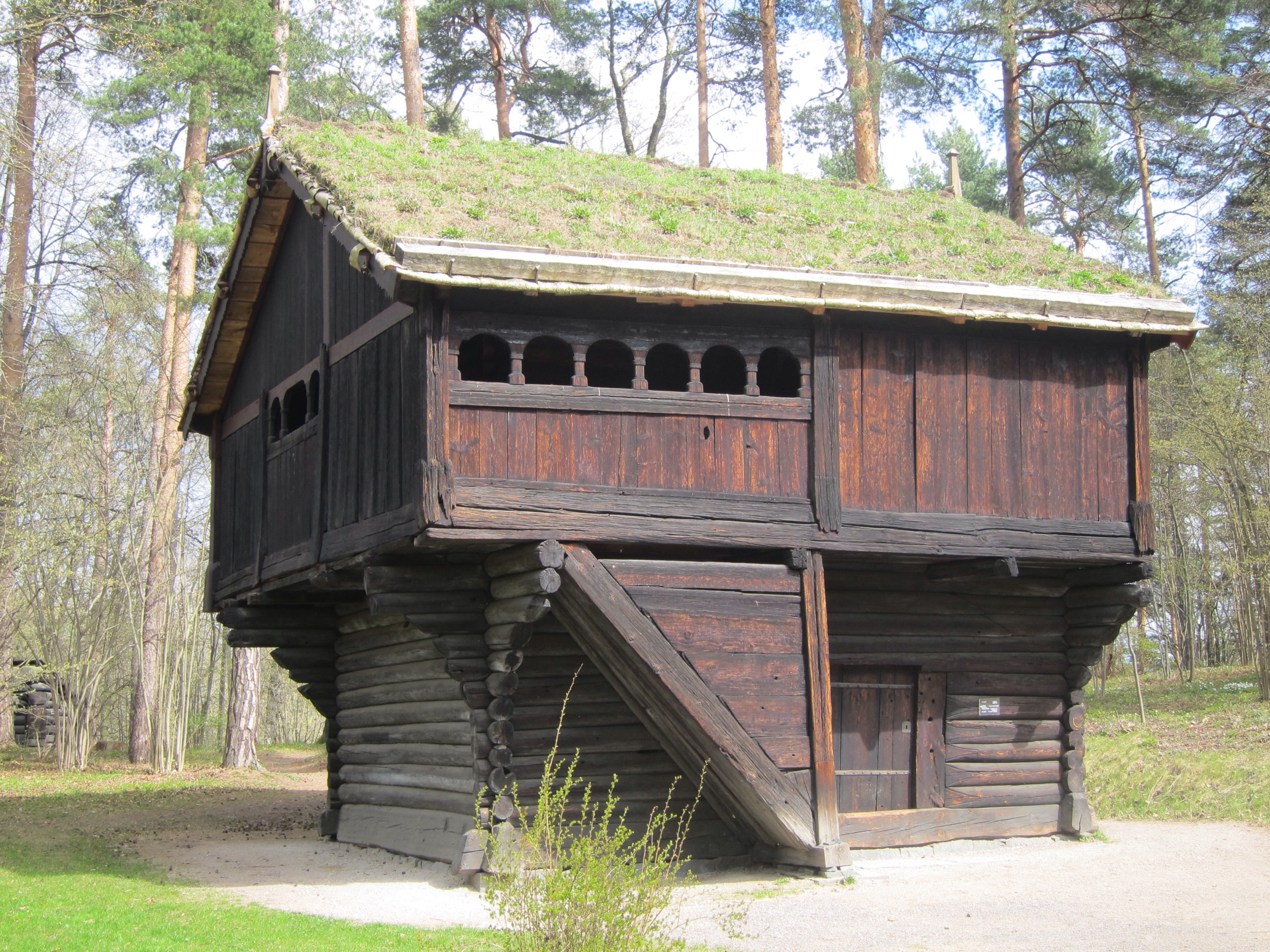What trip to Oslo would be complete without a visit to the Viking Ship Museum?
The Båtservice ferry cost a bargain 60K return when purchased at the hut on the docks, and traveling across in the little wooden boat is part of the fun, with the opportunity to see Oslo from the water. Bygdøy, the museums island, is actually connected to the land but it’s much mare atmospheric to get there by boat than by bus. Once over at Bygdøy, it’s a hike straight uphill to the Viking Ship Museum, past some glamorous houses.
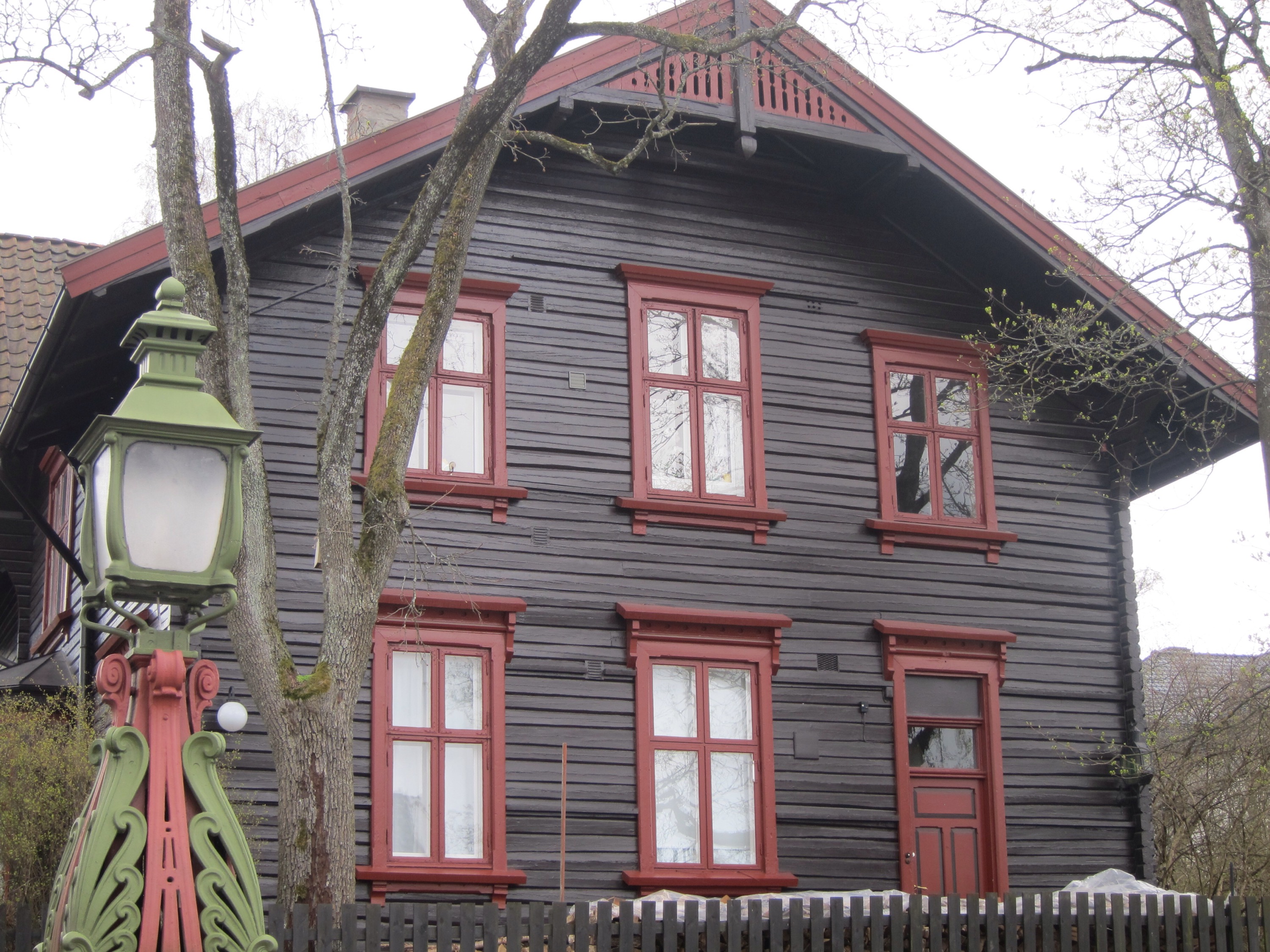
The Oseberg and Gokstad ship finds are two of the most important and impressive archaeological finds in Norway. As a kid poring over books on the Vikings, with poor black and white photographs of the ship finds, I dreamed of going to Oslo to finally see these things for myself. It’s amazing to think that these ships, although significantly restored, were in use during the Viking era. While practical, they are also incredibly beautiful, with the simple, clean lines that are still evident in Scandinavian design today. The detail in the richly carved wagon, sleighs and other goods is just incredible! I think that the wagon, with its cat carvings, is my favourite. I could just imagine sitting up In that, with my trusty horse pulling me around. Slowly. On bumpy wooden wheels.
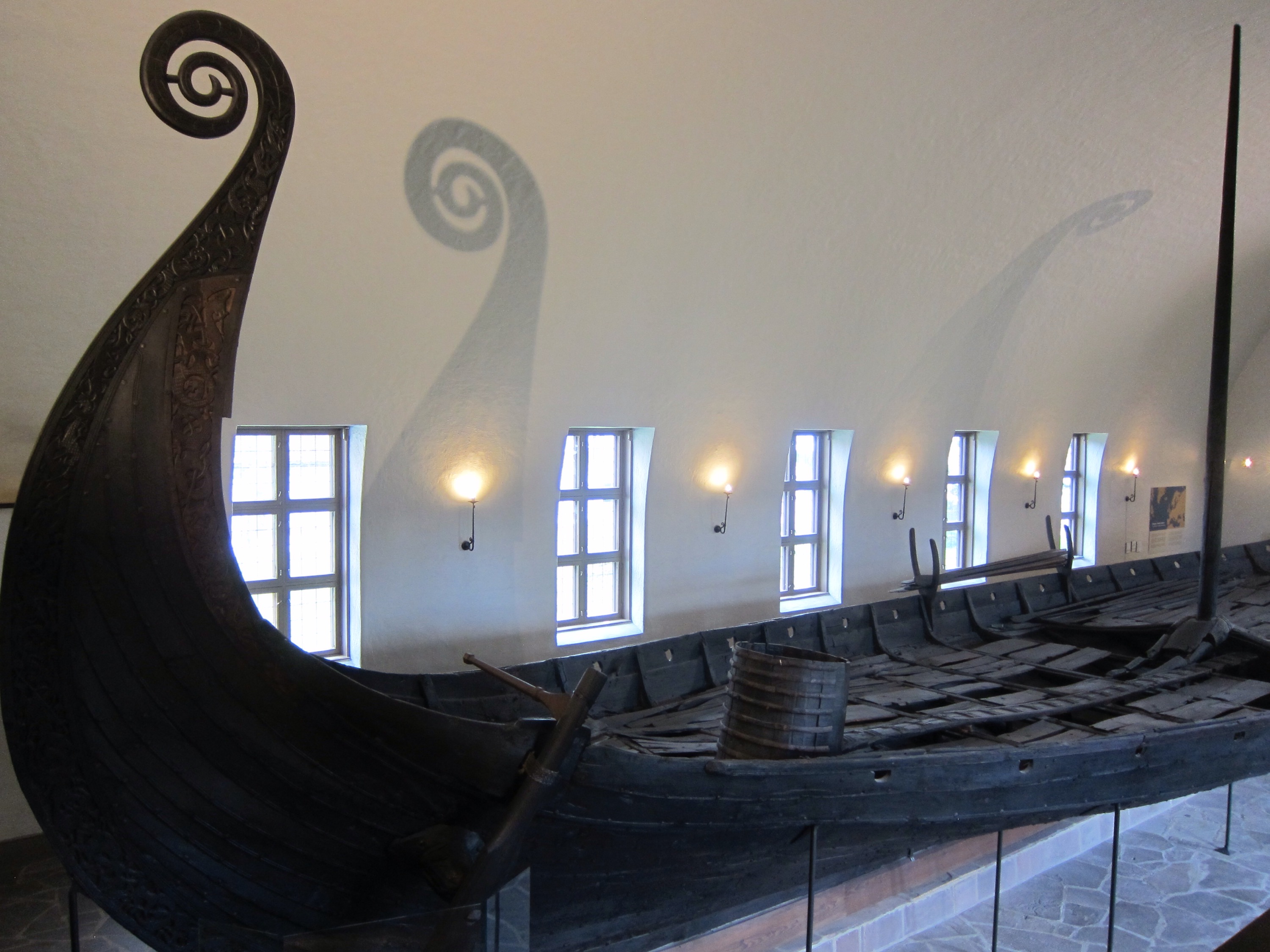
The Norwegian Museum of Cultural History is right next door, so I head there for a quick bite to eat before looking around. The main part of the museum is outdoors. In the summer, people in traditional dress practice various traditional arts and crafts in the buildings, but in early May, the buildings are just open for visitors to have a look.
The jewel in the crown for this collection is the stave church. Made of wood in the Middle Ages, there few stave churches left in Norway, with many burned or destroyed over time as fashions changed. The stave church preserved in this collection features the typical ornately carved doorway panels, with a mix of Christian and mythological symbols, just to be sure. This one seems to feature kings and dragons. Peering through the door, the gold painted altar is just visible through the darkness – the building has no windows. I take a walk around the verandah – because I can. Outside, an excited Japanese visitor explains to me that the building has striking similarities to old Japanese buildings. Interesting.
The rest of the collection are mainly farmhouses and storage sheds from various ages and different parts of the country. It is amazing to think that anyone could survive in this climate in these simple wooden huts. You would think that one bad winter could have wiped out the population!
I went to inspect the indoor exhibitions at 3pm, thinking that I could probably have a quick look around for 30 minutes or so, as the museum closed at 4pm, but apparently these close a full hour before closing time. I did manage to see the exhibition on the Sami, which provides a good background on the history and culture of the people who invented skiing.
Back on the ‘mainland’, I walked around to the Oslo Opera House, not to see a show but to climb on the roof. This is a fairly new building, opened in 2008. I don’t know whether it was the intention of the architects, but the roof slopes down to the ground, inviting people to climb up to inspect the view from the top, and lots of people do! Including a group running up and down on a boot camp training session.
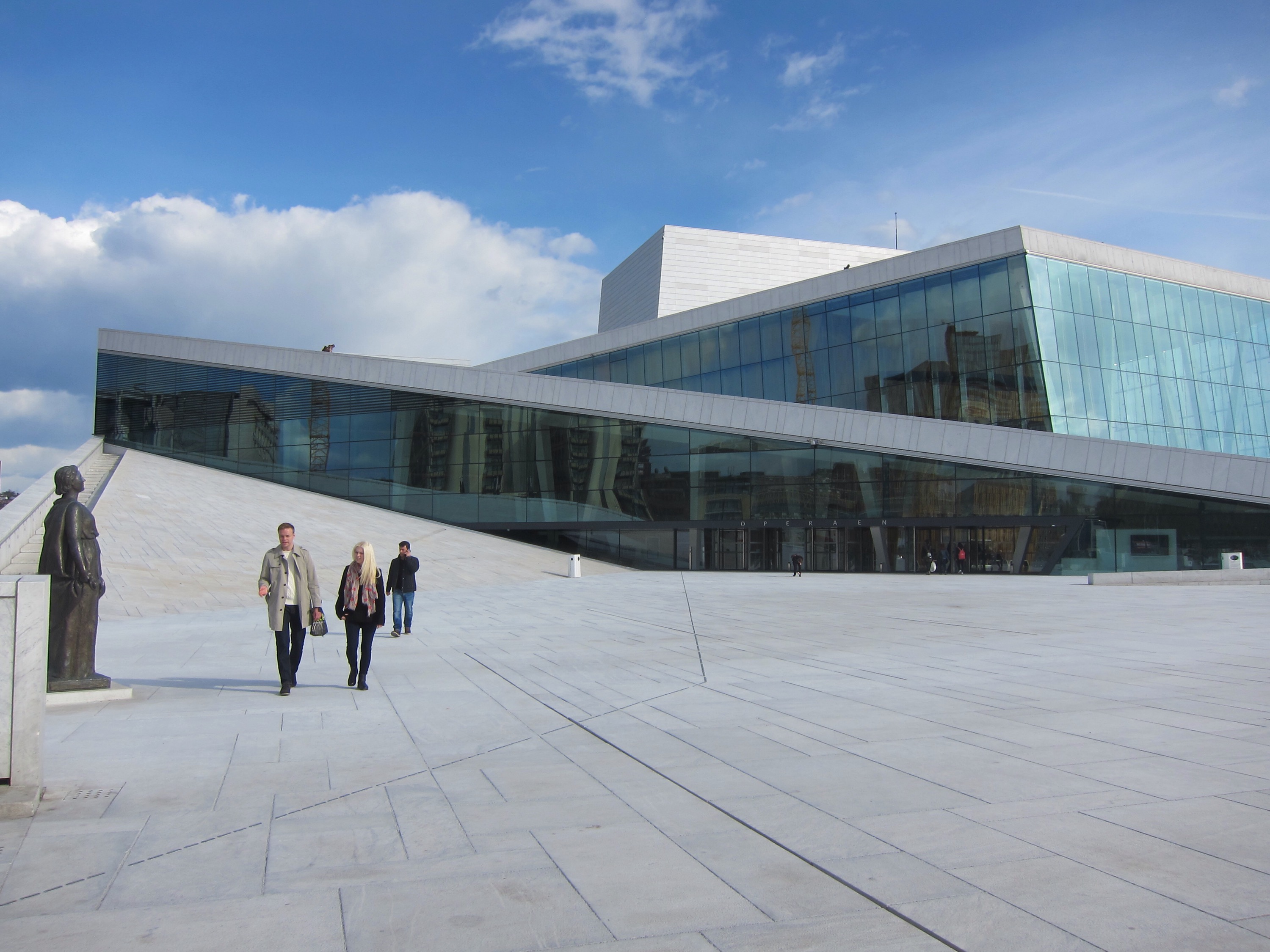
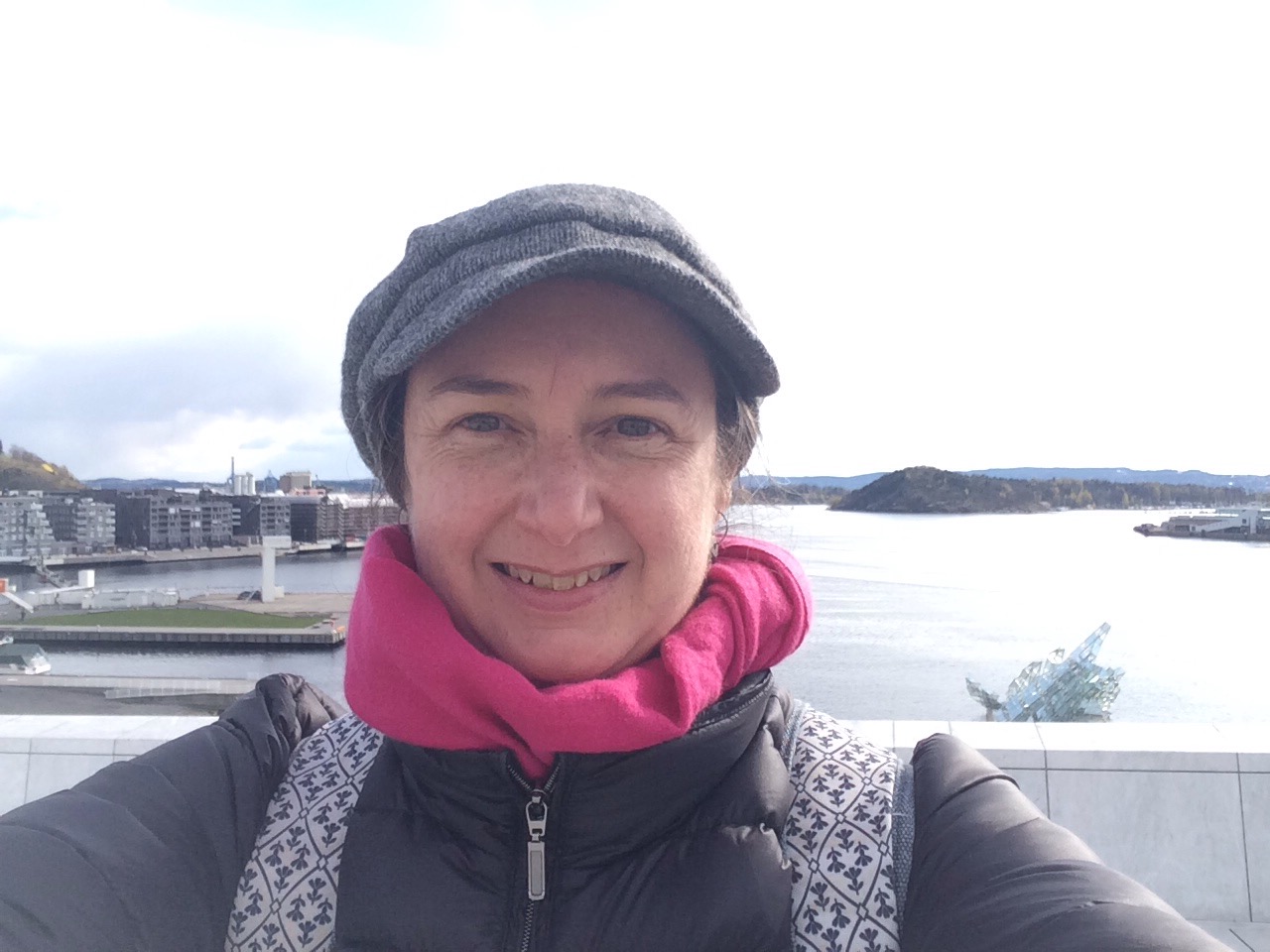
There is a lot of construction going on in this area, too, with more water view apartments going up in front and new office blocks, nicknamed the ‘barcode’ behind.

Climbing up was one thing, but looking back down the slope, right down to the bottom, is a little challenging for someone who is afraid of heights, so I kept to the stairs, taking them one at a time to get back down! I have a strange habit of continually forgetting just how afraid of heights I am until I am at the top of something. Usually while on holiday.

